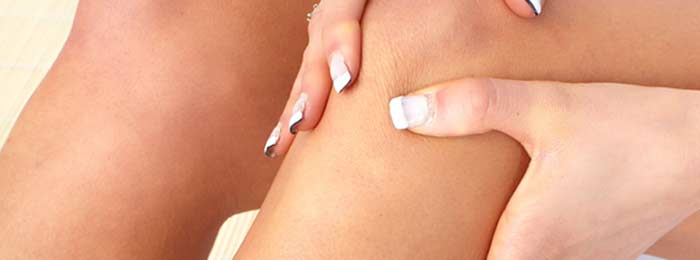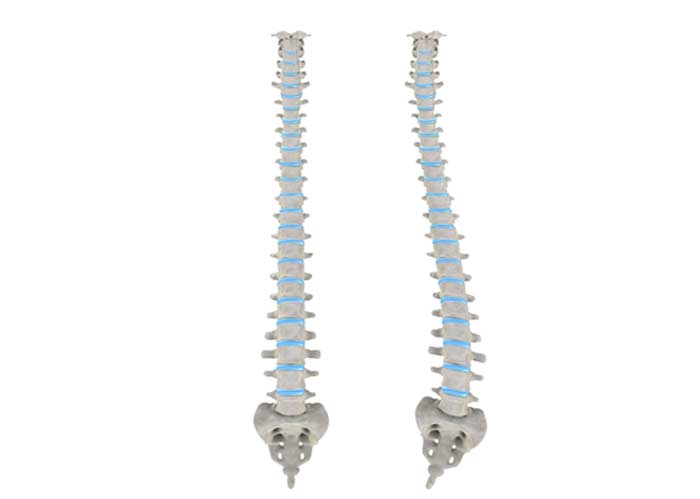
Spinal stenosis is a condition where the spaces in the spine become narrower.
Spinal stenosis results in the nerves in the area having pressure on them. This condition is most common in the lumbar and cervical regions of the spine.
Causes
In some cases, spinal stenosis is something that people are born with. When it is not present at birth, the following are potential causes:
- Overgrowth of bone due to osteoarthritis in the spine
- Thickened ligaments that push into the spinal canal
- Herniated spinal discs
- Tumors in the area of the spinal cord
- Spinal injuries that cause vertebral fractures or dislocations


Symptoms
The symptoms can differ depending on which region of the spine the stenosis is affecting. Some people may not experience symptoms. However, for others, they can get worse with time. Cervical stenosis may cause:
- Extremity tingling or numbness
- Balance and walking issues
- Bladder or bowel dysfunction in severe cases
- Extremity weakness
- Neck pain
Lumbar stenosis may cause:
- Leg or foot tingling or numbness
- Cramping or pain in the legs after prolonged standing
- Leg or foot weakness
- Back pain
While rare, when this condition is left untreated, the weakness and numbness can become severe. Incontinence, balance problems, and paralysis are also possible.
Diagnosis
A physical examination and getting the details about the patient’s symptoms typically starts the diagnostic process. From here, it is common for doctors to order imaging tests, such as:
- MRI to look for tumors and issues with the ligaments and spinal discs
- General X-rays to look for bone spurs
- CT myelogram or a regular CT to look for bone spurs, herniated discs or tumors
Treatment
How the doctor approaches treatment typically depends on symptom severity and where the stenosis is located. It is common to try medication first in the absence of disabling symptoms. Common medications include:
-
- Antidepressant medications may help to reduce chronic pain. Examples include amitriptyline.
- Opioids might be considered short-term for acute episodes of severe pain. Examples include oxycodone and hydrocodone.
- Over-the-counter pain relievers may be helpful for mild to moderate pain. Ibuprofen and acetaminophen are examples.
- Antiseizures drugs may help with nerve-related pain. Examples include pregabalin and gabapentin.
- Patients might improve some of their symptoms with physical therapy. The exercises that a physical therapist prescribes might help patients to:
-
- Maintain the spine’s stability and flexibility
- Increase endurance and strength
- Improve balance
-
Swelling and irritation of the nerve roots that are being pinched due to the stenosis may respond to steroid injections. This involves injecting a corticosteroid directly into the affected area. This may help to alleviate some pain and inflammation.
Another option for nerve root impingement is a decompression procedure. This involves removing a part of a ligament that is thickened and pressing down on a nerve. This is typically only used for lumbar stenosis.
When all other methods do not provide relief, surgery might be considered and may include:
-
-
-
- Laminotomy
- Laminectomy
- Laminoplasty
-
-
Symptoms can get worse with time, so it is important to not delay getting an accurate diagnosis. There are viable treatment options that may be beneficial.
